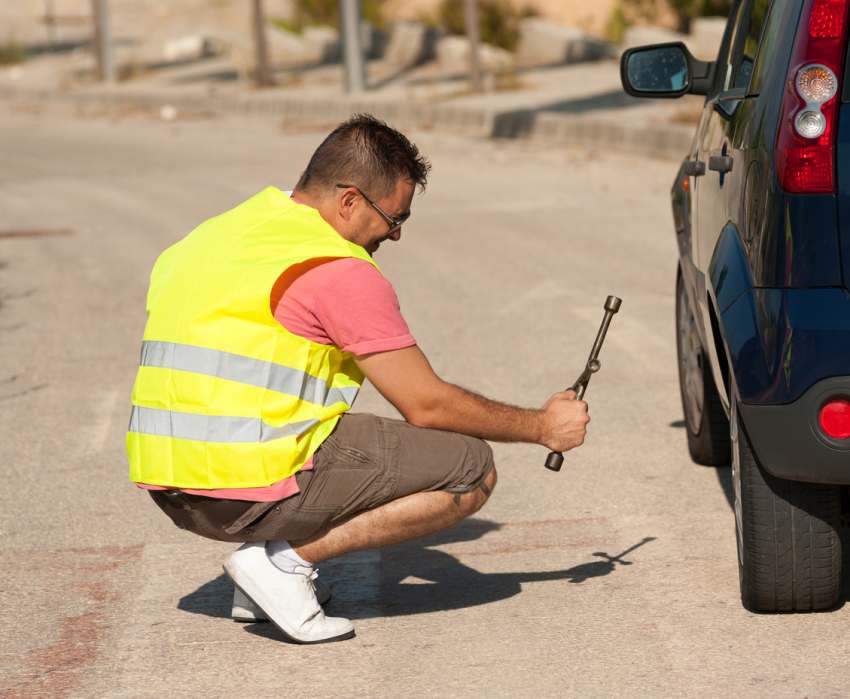Many Australian car owners are completely unaware they are driving with improperly inflated tyres, putting their lives and the lives of other road-users at risk. Using a reliable tyre pressure monitoring system can help to ensure your safety by continually monitoring your tyre pressure and alerting you when there’s an issue. While a TPMS is a great safety addition to any vehicle, let’s take a look at a few things to consider when using one.
Not all TPMS are the Same
There are many different tyre pressure monitoring systems on the market, some much more accurate than others. Some sensors require tyres to lose a lot of air before they register the change and give you an alert. Some won’t see any problem until a tyre has lost around a quarter of its air, and a tyre deflated by that much could already be running hot at speed and in danger of blowing out. It will also be costing the driver much more in fuel. Safety Dave’s range of premium tyre pressure monitoring systems use only highly accurate and sensitive tyre sensors, ensuring you get the most reliable TPMS on the market.
What Should you do if Your TPMS Alarm Sounds?
If you hear the TPMS alarm, the best thing to do is pull over and check your tyres. If you have a tyre that looks completely or almost flat, you may need to call for assistance. If everything looks ok visually, try to safely get to a petrol station that has an air pump or an auto repair shop for help. Try not to drive too much when this alarm sounds. When you drive with low pressure in your tyres, you are at risk for a blowout, which can be very dangerous, especially when on the highway.
You Still Need to Check Your Tyres
There is still a need to do a visual inspection and at least monthly to check that the tyres are free from damage. it is important to visually check the sidewalls and tread for any bulging and cuts or other wear and damage. Additionally, you should also occasionally use a pressure gauge to manually check the pressure. A tyre pressure monitor does not replace a physical and visual check, but it is a very important tool to help ensure tyres are operating at optimum pressure levels. A TPMS helps to eliminate the limitations of physical pressure checks because:
- Pressure is continually monitored, not just when the vehicle is parked.
- Advanced technology ensures highly accurate readings.
- A TPMS also monitors tyre temperature, which cannot be done via physical pressure check.
Other Things to Keep in Mind When Using a Tyre Pressure Monitoring System
- Don’t watch the TPMS display monitor too much while you are driving, only glance at it occasionally or else you may put your safety at risk. Remember, you will be alerted if there is something that needs your attention.
- The best time to inflate your tyres is in the morning when tyres are cold.
- There are several things that can alter tyre pressure while driving – the ambient or outside air temperature, resistance from driving, sun exposure and leakage.
A reliable tyre pressure monitor should be part of every driver’s inventory, boosting the safety of your vehicle, a high quality TPMS will ensure you never have to drive on underinflated tyres unawares. At Safety Dave, our effective and affordable devices will alert you to any drops in tyre pressure and let you know when you need to inflate your tyres. Stay safe on the road and avoid the risks associated with improperly inflated tyres.


